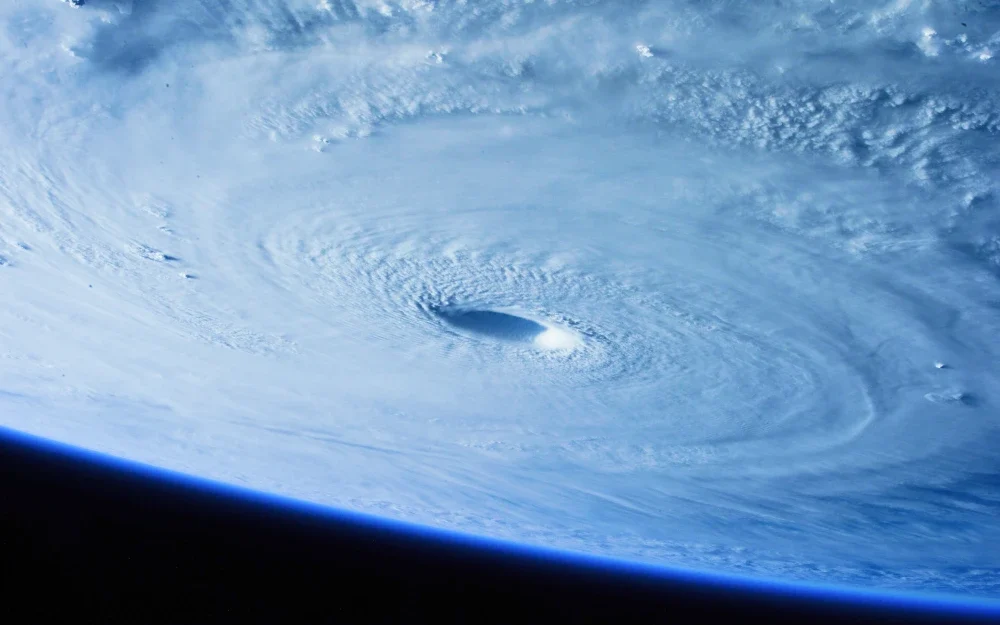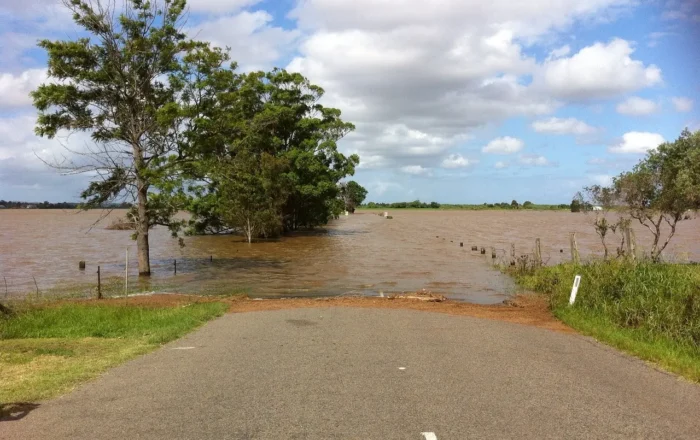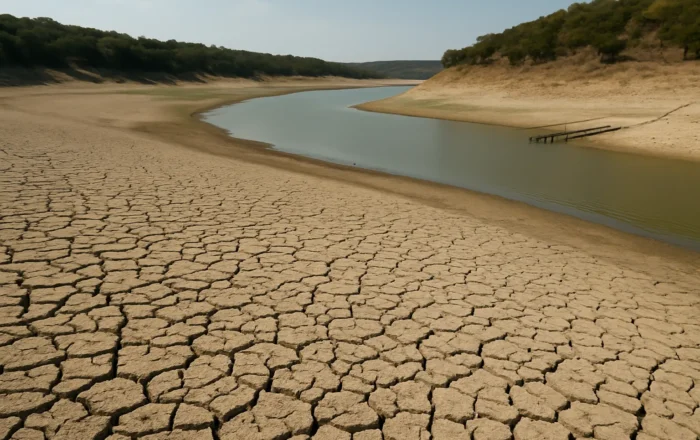What Causes Floods in Texas?
4 minute readFlooding in Texas is driven by heavy rain, hurricanes, rivers, and rapid urban growth, making it one of the most flood-prone states in the nation.
Home > BKV Energy Blog > All Posts > How Are Hurricanes Named?
Everything you need to know about hurricane names
2 minute read • Last update July 2025

Hurricanes and tropical storms are assigned names from six lists created by the National Hurricane Center and maintained by the World Meteorological Organization. Each list contains 21 names in alphabetical order, alternating between male and female names. The lists rotate every six years, meaning that the list of names used in 2024 will be used again in 2030.
The names are purposefully short and distinctive to reduce confusion in written and spoken communication surrounding a particular storm, whether that’s in the news or between coastal bases and ships at sea.
There are no names on the list starting with the letters Q, U, X, Y, or Z because those names are less common and often harder to understand across spoken languages.
This naming system is especially useful because at the same time, multiple hurricanes or tropical cyclones can be forming in the Atlantic, approaching landfall, or actively hitting land.
Tropical cyclones like hurricanes and typhoons occur in several parts of the globe: the Atlantic, the eastern Pacific, and the central Pacific. Each region has it’s own set of name lists.
| 2024 | 2025 | 2026 | 2027 | 2028 | 2029 |
|---|---|---|---|---|---|
| Alberto | Andrea | Arthur | Ana | Alex | Arlene |
| Beryl | Barry | Bertha | Bill | Bonnie | Bret |
| Chris | Chantal | Cristobal | Claudette | Colin | Cindy |
| Debby | Dexter | Dolly | Danny | Danielle | Don |
| Ernesto | Erin | Edouard | Elsa | Earl | Emily |
| Francine | Fernand | Fay | Fred | Farrah | Franklin |
| Gordon | Gabrielle | Gonzalo | Grace | Gaston | Gert |
| Helene | Humberto | Hanna | Henri | Hermine | Harold |
| Isaac | Imelda | Isaias | Imani | Idris | Idalia |
| Joyce | Jerry | Josephine | Julian | Julia | Jose |
| Kirk | Karen | Kyle | Kate | Karl | Katia |
| Leslie | Lorenzo | Leah | Larry | Lisa | Lee |
| Milton | Melissa | Marco | Mindy | Martin | Margot |
| Nadine | Nestor | Nana | Nicholas | Nicole | Nigel |
| Oscar | Olga | Omar | Odette | Owen | Ophelia |
| Patty | Pablo | Paulette | Peter | Paula | Philippe |
| Rafael | Rebekah | Rene | Rose | Richard | Rina |
| Sara | Sebastien | Sally | Sam | Shary | Sean |
| Tony | Tanya | Teddy | Teresa | Tobias | Tammy |
| Valerie | Van | Vicky | Victora | Virginie | Vince |
| William | Wendy | Wilfred | Wanda | Walter | Whitney |
If a storm is particularly destructive, deadly, or costly, the World Meteorological Organization will remove that name from the list in sensitivity to those impacted by the event and another name is added to replace it. Hurricanes that have their names removed from the list are often meet the requirements to be characterized as category 3, 4, or 5.
Since 1954, 96 names have been retired from the list. You may recognize some of the more recently retired names:
View the full list of retired Atlantic hurricane names on the National Hurricane Center website.
You may notice each list only has 21 names. In the case there are more than 21 named tropical storms or hurricanes in one season, additional names are pulled from a supplemental list of names managed by the World Meteorological Organization.
Meteorologists and hurricane experts are predicting the 2024 Atlantic hurricane season will be extremely active. They expect 23 storms to reach the stage of tropical storm or hurricane, which means it’s likely that the supplemental list of names will come in handy this year.
As the 2024 hurricane season approaches, it’s necessary to think about your choice of electricity provider. Texans deserve a provider that truly cares about the safety of its customers and is ready to support during and after a potential disaster.
Switching to BKV Energy means you can rest easy that your home’s energy comes from a company that has not only experienced hurricanes on the Texas Gulf coast firsthand, but is prepared to keep you updated, provide safety tips, and offer affordable energy during the recovery period after a destructive storm.
If you’re ready to make the switch, enter your zip code to discover low, fixed rate plans in your area.
Graham Lumley, Digital Marketing Manager at BKV Energy, leads digital and traditional marketing strategies, focusing on educating Texans about the state's deregulated energy market. With over 8 years of marketing experience, he creates content to help consumers understand and save on their energy bills, bringing a fresh and dynamic approach to the industry.

Flooding in Texas is driven by heavy rain, hurricanes, rivers, and rapid urban growth, making it one of the most flood-prone states in the nation.

Texas has faced decades of drought cycles, but is the state still in a drought today?
Get $50 off your electric bill!
Use code BKVEJOINUS50
Enter your zip code to shop BKV Energy's affordable, fixed-rate Texas electricity plans. Use the promo code for $50 off your electric bill.